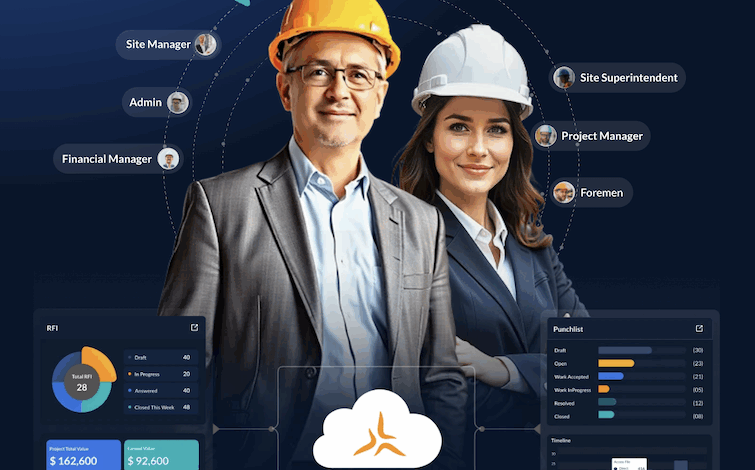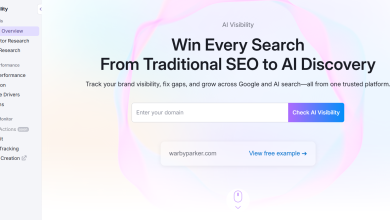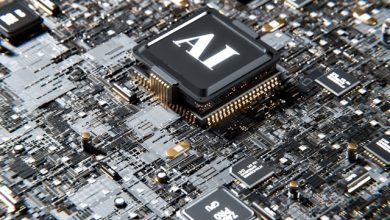
Machine learning and artificial intelligence (ML/AI) are no longer emerging—they’ve gone mainstream. In just three years, AI-powered tools have exploded across industries. Most are built on large language models (LLMs), while newer systems now push into analytical and logical reasoning. But like many waves of innovation before it, construction is still waking up to the possibilities.
This is a human-first, field-driven industry. Tools that don’t change how work gets done on-site rarely deliver real ROI. And for small and mid-sized contractors, the stakes are even higher—tight margins, complex field conditions, and tech that rarely fits the way they actually operate.
But AI has a chance to break that cycle—if it’s done right. For AI to matter in construction, especially for small and mid-sized contractors, it has to solve what’s holding jobs back: labor gaps, bad estimates, supply chain messes, and jobs that were never a good fit to begin with. It can’t just be smart—it has to be useful.
Estimation: Where Margin Slips Through the Cracks
Your profit doesn’t vanish on-site—it slips away on bid day.
Estimation is one of the riskiest parts of the process—and most small and mid-sized contractors are still heavily reliant on experience, spreadsheets, and gut instinct. And when it’s off, the damage shows up long before the first crew steps on-site.
AI can change that. Tools now exist that scan PDFs or BIM models, identify quantities and assemblies, and flag gaps in scope. Historical job data reveals actual labor rates and crew productivity tied directly to cost codes. Instead of relying on assumptions, estimators can work from patterns.
Even more powerful is what happens when this intelligence is front-loaded. Design mismatches, missing details, or risky material selections can be flagged during takeoff—not months into the job. That means fewer change orders, tighter schedules, and bids that match reality.
The right move isn’t replacing the estimator—it’s giving them sharper tools. A focused AI layer can plug into existing workflows, flag risks, and surface insights that protect profit. Estimation doesn’t need a revolution; it needs reinforcement. And for contractors, that makes AI both affordable and impactful.
Fit First: The Right Project, Partner, and People
Great projects build your reputation and your business—some just burn your team.
One mismatched GC, a late supplier, or a chaotic site team can stall growth for an entire year. For contractors looking to grow, the key isn’t chasing more jobs—it’s choosing the right ones. The right project isn’t always the biggest. It’s the one with clear workflows, a solid GC, a design team that builds what they draw, and subs who stay in sync. When framing misses the lighting layout, electrical loses a day. When MEPs clash, rework takes the hit.
AI helps contractors make these calls with confidence. It can analyze past projects to highlight the GCs who run efficient sites, the developers who delay payments, and the subs who consistently cause friction. It can intersect data points—project type, crew productivity, change orders, and partner history—to generate a project “fit score.”
So instead of gambling on new work, contractors can ask more thoughtful questions: Is this a job we do well? Will this team deliver or distract? Does this design set us up to succeed or struggle?
The best projects aren’t always the biggest—they’re the ones that let you finish strong.
Planning to Win: AI as a Job-Ready Partner
You don’t win the job when you sign the contract—you win it by showing up ready.
For small contractors, the gap between contract award and field mobilization is where execution breaks down. Crews are stretched, materials delayed, and the schedule slips before work begins. AI can close that gap by turning the estimate into an actionable plan the moment the ink is dry.
An AI-guided planner aligns the budget with the schedule—mapping cost codes, labor, and materials to real timelines. Crews are assigned based on actual availability and past performance. Long-lead items are flagged early. If a supplier can’t deliver, AI offers pre-vetted alternates that match spec and timeline.
Most critically, AI helps align execution with contract deliverables—so billing, percent complete, and work-in-place stay in sync. That means less cash floating, faster invoices, and tighter control over margin. The schedule becomes a living guide—one that adjusts, re-sequences, and reallocates as the job unfolds.
You don’t make the profits when you sign the contract—you save them by showing up ready.
What’s Available—and What to Look For
AI in construction is no longer futuristic—it’s here. However, most tools today are point solutions: apps that solve a single problem, like takeoffs, forecasting, or crew tracking. They’re helpful but disconnected.
The next wave of value will come from connected tools—systems that tie estimating, scheduling, procurement, and execution together in one loop. And the real power comes from history. When the platform has access to how your jobs actually perform over time, it doesn’t just calculate—it coaches.
AI should plug into the tools contractors already use, grow smarter with every project, and surface insights when and where they matter most. Not in silos. Not as another system to log into. But as part of a unified workflow that helps contractors make better calls—not just faster ones.





